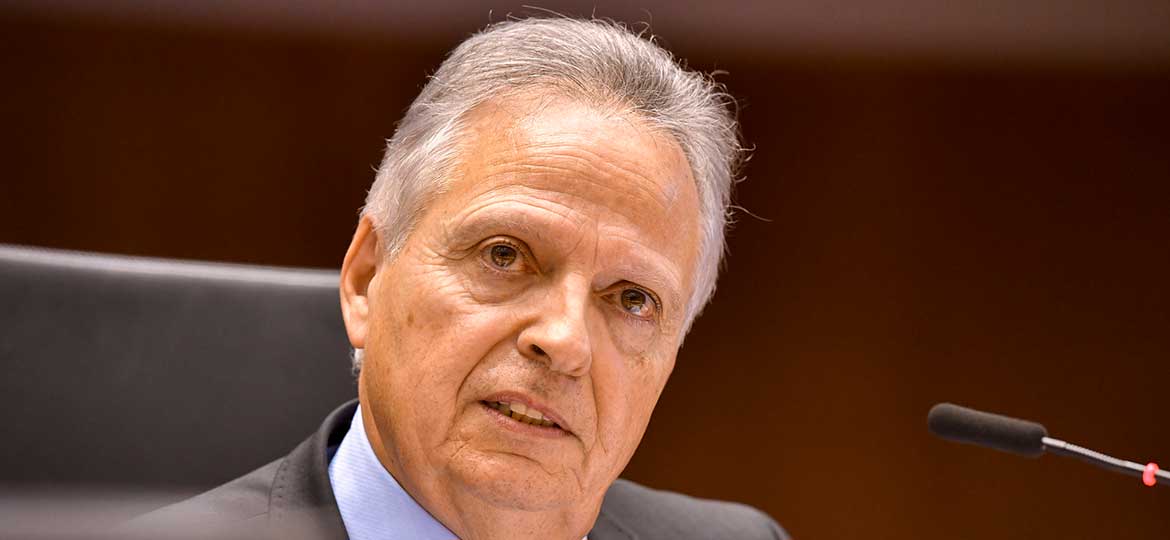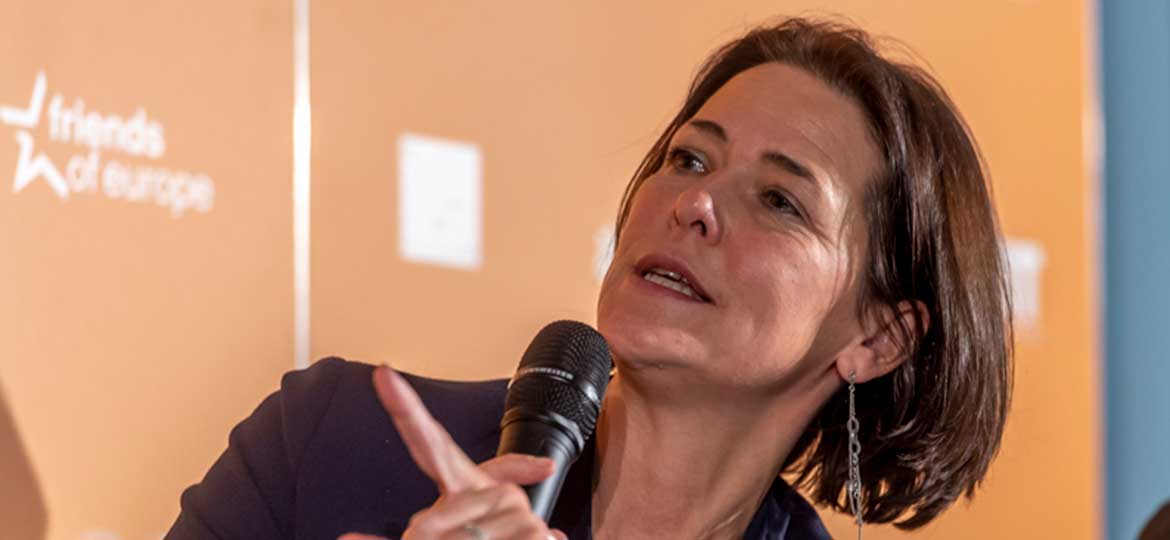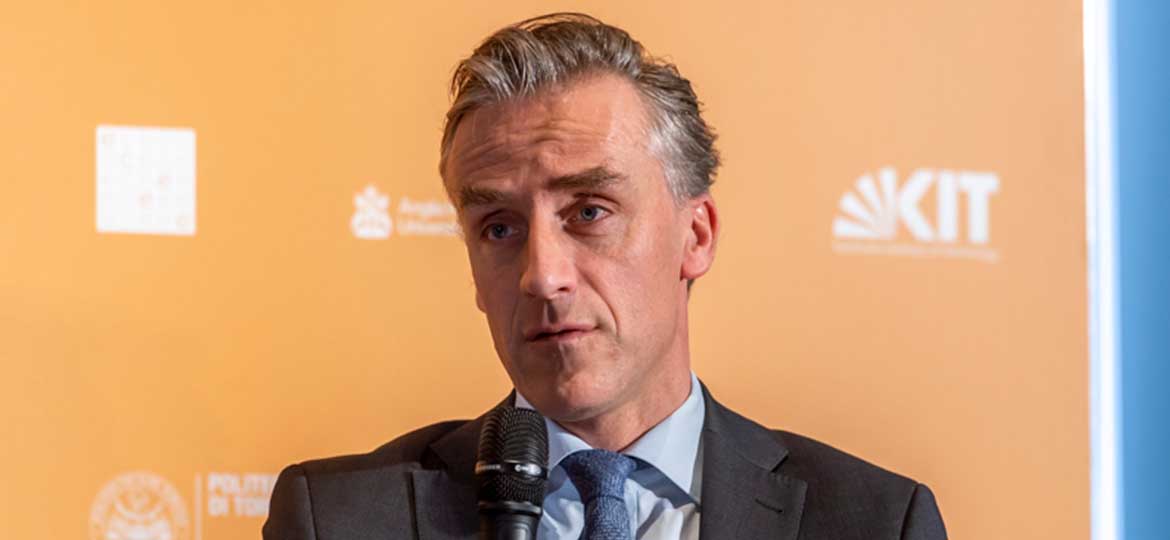We all know that often, when an action is undertaken, a system is designed, or a policy implemented, someone or some group benefits, and another bears the burden. And often this ‘other’ is someone or a group that is already challenged socio-economically. This distribution is not necessarily intended, many consequences are unintended, and or impossible to foresee because so many factors are interrelated and shaping one another.
When I was a student I read some beautifully painful examples on this distributional process, from ‘small’ pains being the result of how our kitchen is (or used to be) designed or scripted for average height of women, because of which pioneering men that took up their role in the kitchen got back pains because the dresser was too low for them; to the eye opening example by Langdon Winner of the bridges of roads in the US leading to beaches were built to only accommodate cars, not busses, so that those groups of people using the busses (black people) could not access the beaches, politics by other means.
Politics can also not be intentionally unfair, but can still be, such as when every citizen pays energy taxes, also the poorer people and part of this tax income is used to create subsidy schemes for solar for example. Only those rich enough to be able to afford to buy the solar panels make use of the subsidies and only they benefit directly from the panels, which were also paid for by the many. You could say, who cares, every solar panel is one on the road to meeting the Paris targets.
But it is unfair because this transition and its benefits should not only be one for the willing and able. What we are aiming for with the energy transitions taking place around us, needs to be assessed with respect to the distributional issues as well. And coming back to the unintentional consequences, not only are they very often the result of enormous complexity and interrelatedness of issues, but these can also be the result of political or power negotiations behind the scenes, of policymakers, board rooms or the result of ignorance or lack of knowledge regarding the local circumstances or lack of input from tacit knowledge sources. The actual affected stakeholders often do not have a seat at the table.
In these type of negotiations, when not all affected are at the table as well, there is a danger that too much focus is put on a singular end goal, and insufficient focus for the fairness of the process to reach that goal. The result can turn out to be very unfair and create a group that is left behind in too many ways and the legitimacy and acceptance of the decisions is problematic.
I would like to share a specific case of energy efficient retrofitting of privately owned rental properties in a Dutch city. Three blocks of buildings, social housing type, were recently sold to a Canadian private investment company. They were in dire need of (energy) retrofitting and the municipality expected that the landlord would quickly upgrade these homes. The property owner would indeed want to do this but with a return on investment time less than 5 years, because that is when the investor wants to resell making a profit. The only way to have a business case would be to raise the rent significantly, by 30%. If tenants would leave as a consequence because they could not pay the higher rent and higher income tenants would move in, that would only be beneficial for the business case because the identity of the neighbourhood would improve due to the higher income tenants and thus the profit as well.
Unfortunately there is no law forbidding that property focused on social housing can be used as asset by investment companies, or a law forbidding such high rent increases after a retrofitting. But, the Canadian investor had not accounted for a Dutch law that requires that 70% of the tenants agrees with the retrofitting and increased rent, a law designed to protect the vulnerable tenant. And since the rent would rise with 30% you can imagine the necessary 70% of tenants said no. Danger of bad consequence for the existing tenants avoided you would think! But, the apartments are now still retrofitted, but only when the old tenant moves. And the newly retrofitted apartment is then rented out for a much higher rent to those that can afford this. A devil’s advocate would say that since the goal is to retrofit the homes, perhaps there is no problem. The retrofitting is taking place after all, albeit not with the speed we would like, but it is happening every time an old tenant is moving, new tenants are very happy with the new apartment, and the energy transition is taking place. Win-Win!
But there is no win-win for all, and it’s the old same group that bears the costs. Those living there often live there because they have to, because they have no choice, otherwise they would already have moved out. These old tenants are left behind, in an old, worn-out and above all unhealthy (indoor climate) apartment with high energy bills, living next door to a much better and healthier apartment. And what about those tenants that move out. Some of them hopefully move out to a better home, but some of them have also slowly been pushed out of their apartment, because the landlord is allowed to annually raise the rent, up to a point where these people can no longer pay the rent. So where do these people go? To yet another apartment, in a new neighborhood, possibly even worse than where they come from, with even higher energy bills. Gentrification at its worst. The energy transition clearly also creates big losers.
I have no readymade solutions, but I think a first step is to make sure that in designing a path forward for this particular case, all voices should be invited at the table. A few weeks ago we organized a workshop on this case as part of the EU funded SHAPE ENERGY project, which can be considered as a first step. All stakeholders were present, except for the landlord that withdrew last minute, but that is another story. A lot of tenants were present, and bringing all these voices together created new ideas and led to all actors except for the landlord to unite and create a collective voice to negotiate with policy and with the landlord and apply for funding. No solution yet, the workshop discussions made clear the case is very complex, negotiations are difficult, but at least the affected are now more empowered in articulating their needs, and in terms of creating more collective negotiation power; the tenants, associations representing tenants, the association representing landlords and research and advice companies agreed to convene again soon after the workshop to co-design a path forward, and the tenants re-energised the local tenant association, with more volunteers, to become more powerful. They are also researching possibilities to collectively sue the landlord to force him to retrofit without too much rent increase, if all other negotiations fail. This was achieved by focusing less on the end goal solely but focus on the process to achieve that goal as well. But also to explicitly look at the distributional effects of complex situations where no one actively works towards creating this unjust situation, but it still emerges.
So I invite you to help making sure we leave as little people behind! Idealistic? Yes. But the sense of urgency to deal with climate change is emerging around the globe, and the need for speed is increasing. And this leads to a risk that despite good intentions, a too narrow focus on the goal is going to put too much of the burden on those that carry too much already..
* This article was published in eceee.org on 12 Jun 2018







